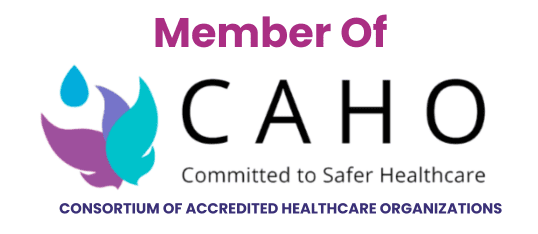Sarcomas (Bone Tumors/ Soft Tissue/ Melanoma/ Benign Tumours)
A Sarcoma is a rare kind of cancer that grows in connective tissues. These tumours are most common in the bones, tendons, muscles, nerves, cartilages, fat, and blood vessels of legs and arms. They are also found in other parts of the body.
There are more than 50 types of sarcoma. The two main kinds are soft tissue sarcoma and bone sarcoma.
By having surgery to remove the tumour, sarcomas can be treated effectively.
What causes sarcoma is still not known, but here are some of the factors that raise the risk of developing one:
- If anyone of your family members have had sarcoma
- If you have Paget’s disease, a bone disorder
- If you have genetic disorders such as Gardner syndrome, neurofibromatosis, Li-Fraumeni syndrome, or retinoblastoma.
- During treatment for an earlier cancer, you have been exposed to radiation

There are more than 50 types of sarcoma. The two main kinds are soft tissue sarcoma and bone sarcoma.
By having surgery to remove the tumour, sarcomas can be treated effectively.
What causes sarcoma is still not known, but here are some of the factors that raise the risk of developing one:
- If anyone of your family members have had sarcoma
- If you have Paget’s disease, a bone disorder
- If you have genetic disorders such as Gardner syndrome, neurofibromatosis, Li-Fraumeni syndrome, or retinoblastoma.
- During treatment for an earlier cancer, you have been exposed to radiation
Sarcoma Symptoms
It is hard to spot soft tissue sarcomas as they can grow anywhere in your body. The first sign, most often, is a painless lump. It might press against muscles or nerves as it gets bigger, giving you trouble breathing, making you uncomfortable, or both. Before they start showing these symptoms it is difficult to detect these tumours.
Early symptoms of bone sarcomas are:
- Pain on and off in the affected bone, which is acute at night
- Weeks after the pain you will notice swelling
- If the sarcoma is in your leg there will be a limp
More than adults it is children and young adults who get osteosarcoma. It is often mistaken for a sports injury or growing pains as healthy and active children and teens often have swelling and pain in their legs and arms. Talk to a doctor if the pain is in one arm or leg, and if it is getting worse at night, or is not getting better at all.
Adults should see a doctor right away if they have this kind of pain.
Diagnosing Sarcoma
You will need a full clinical examination and tests if your doctor thinks you may have a sarcoma. The tests are:
- Biopsy, which is a sample of cells taken from the tumour
- Imaging tests to help see inside your body. These are ultrasound, a CT scan, or an MRI
- A bone scan
Sarcoma Treatments
It depends on what type of sarcoma you have, how developed it is, wherein your body it is, and whether or not it has metastasized or spread to other parts of your body.
Surgery is the mainstay of treatment in bone and soft tissue sarcomas. In patients with large tumours where the surgery is difficult, radiation can be given prior to surgery. Similarly in patients who have undergone surgery and biopsy shows an aggressive tumour, radiation is given after surgery. In bone sarcomas like osteosarcoma, chemotherapy is given prior to surgery and continued after surgery. Targeted therapy drugs are being used currently in patients who are not amenable to any other forms of treatment and have widespread disease.

Surviving Sarcoma
By surgery alone, most people diagnosed with a soft tissue sarcoma can be cured especially if the disease is diagnosed at an early stage and tumour is not aggressive in behaviour. However, more aggressive sarcomas are not easy to treat.
Authored By Dr. M. Banupriya MBBS, MDRT, FIAMS, Ph.D, CCEPC (Palliative care), Consultant Oncologist



